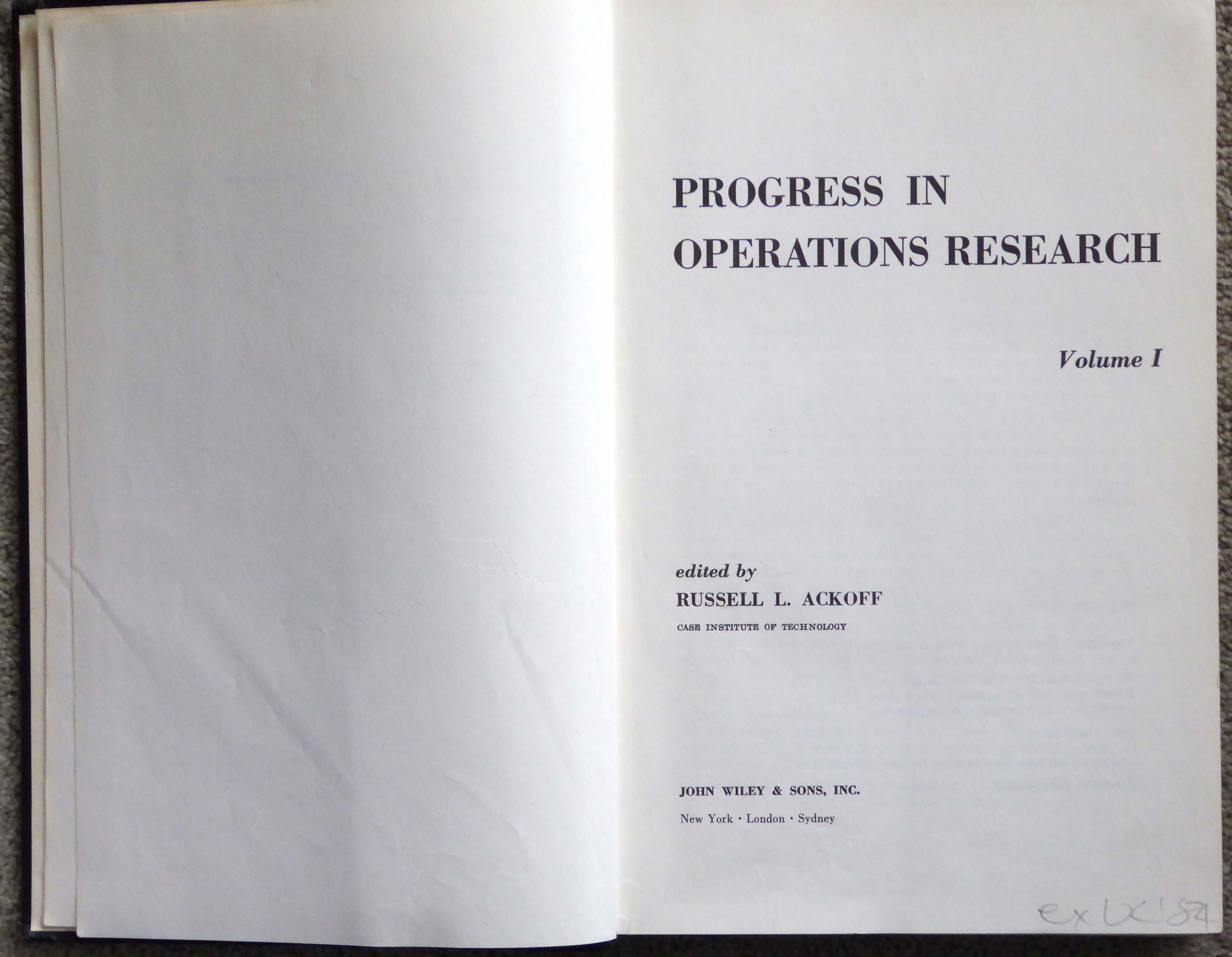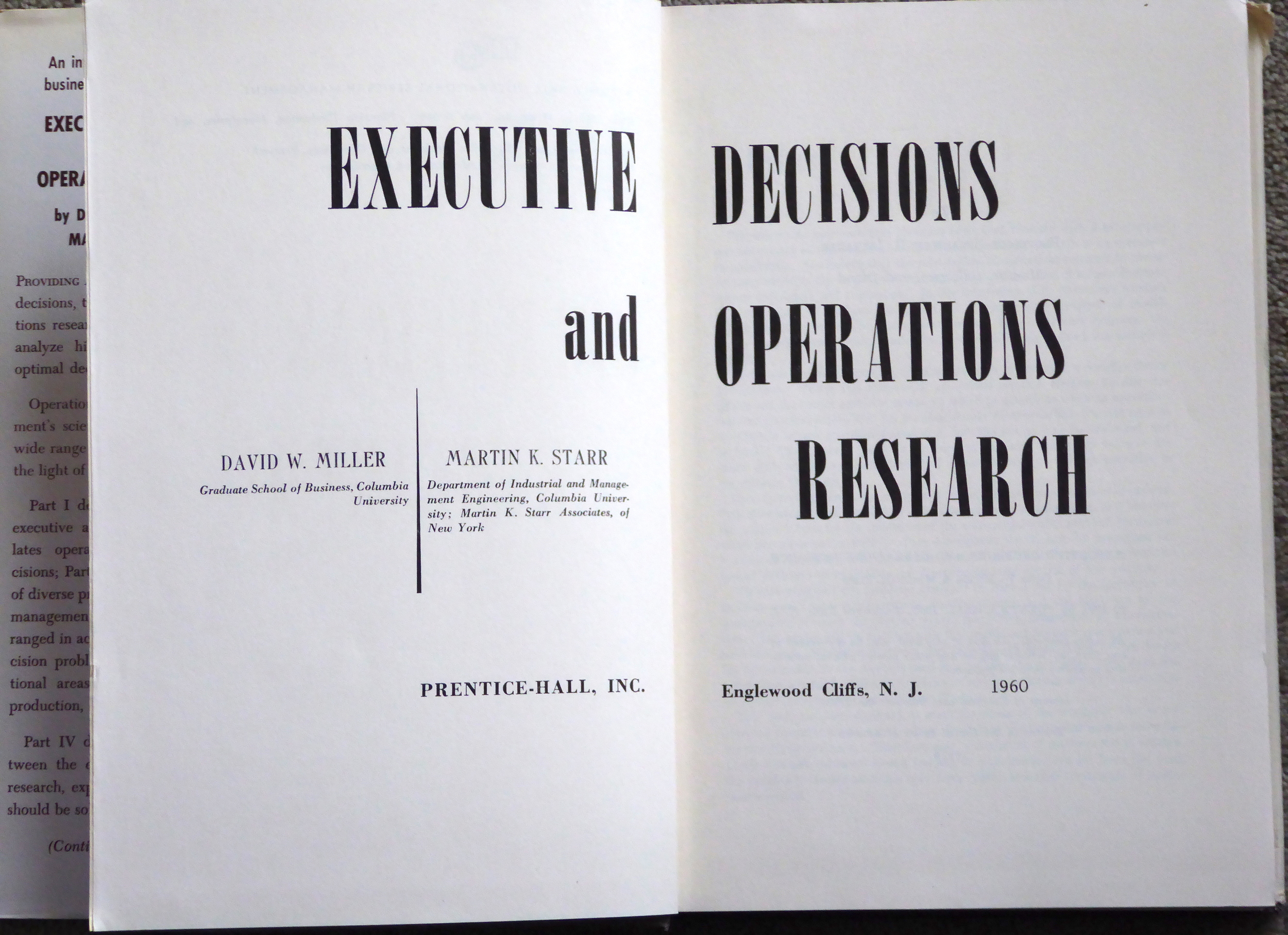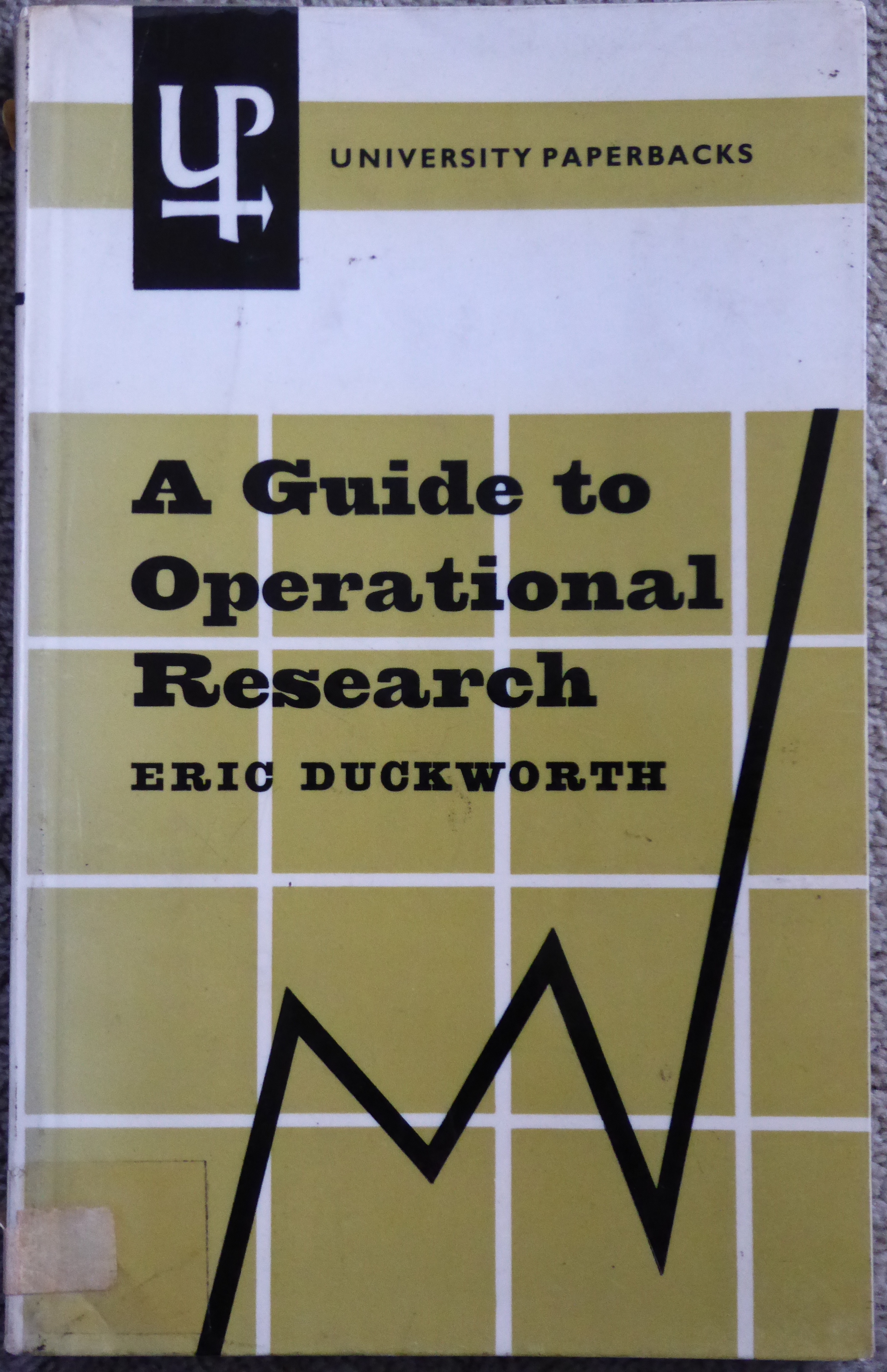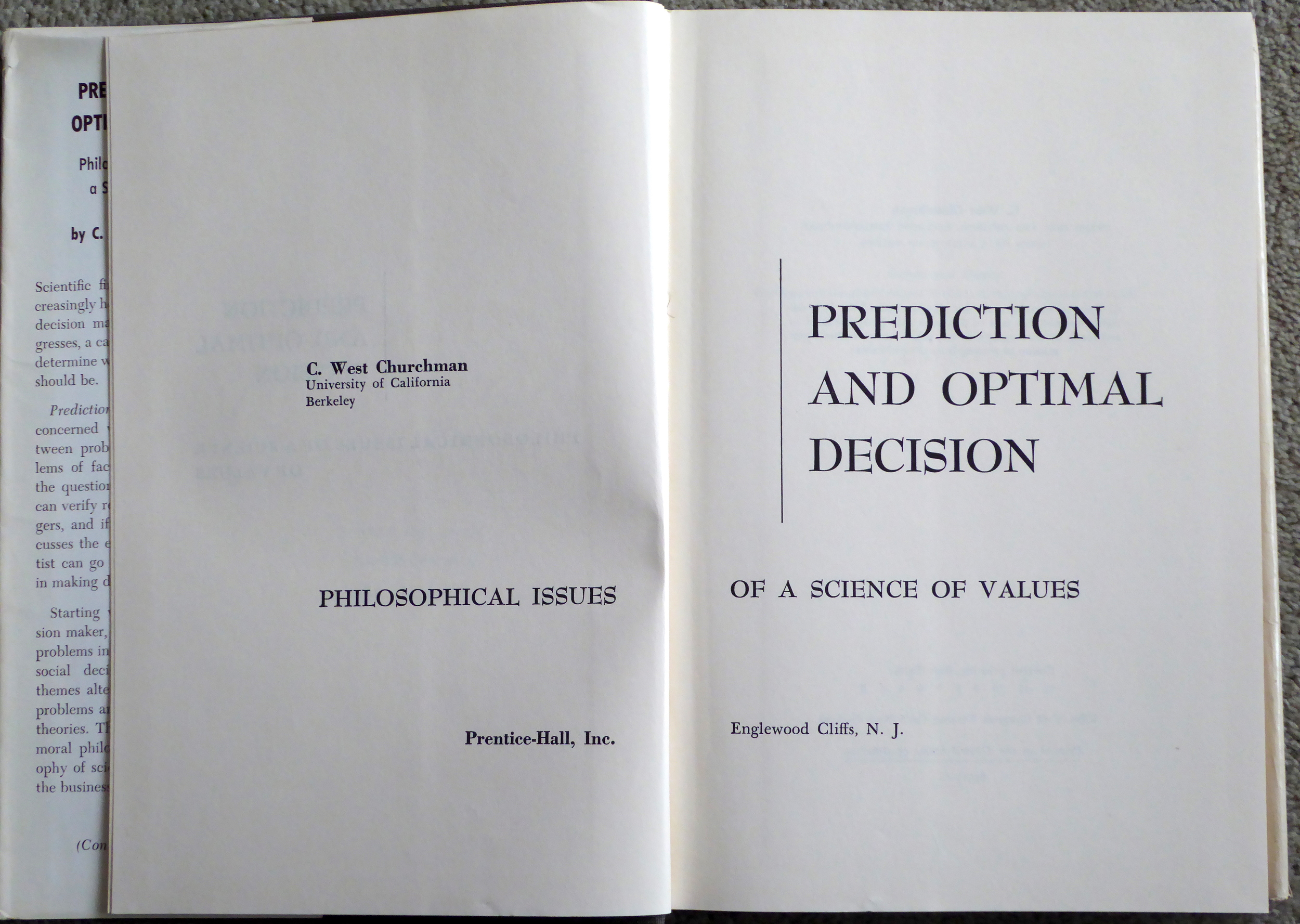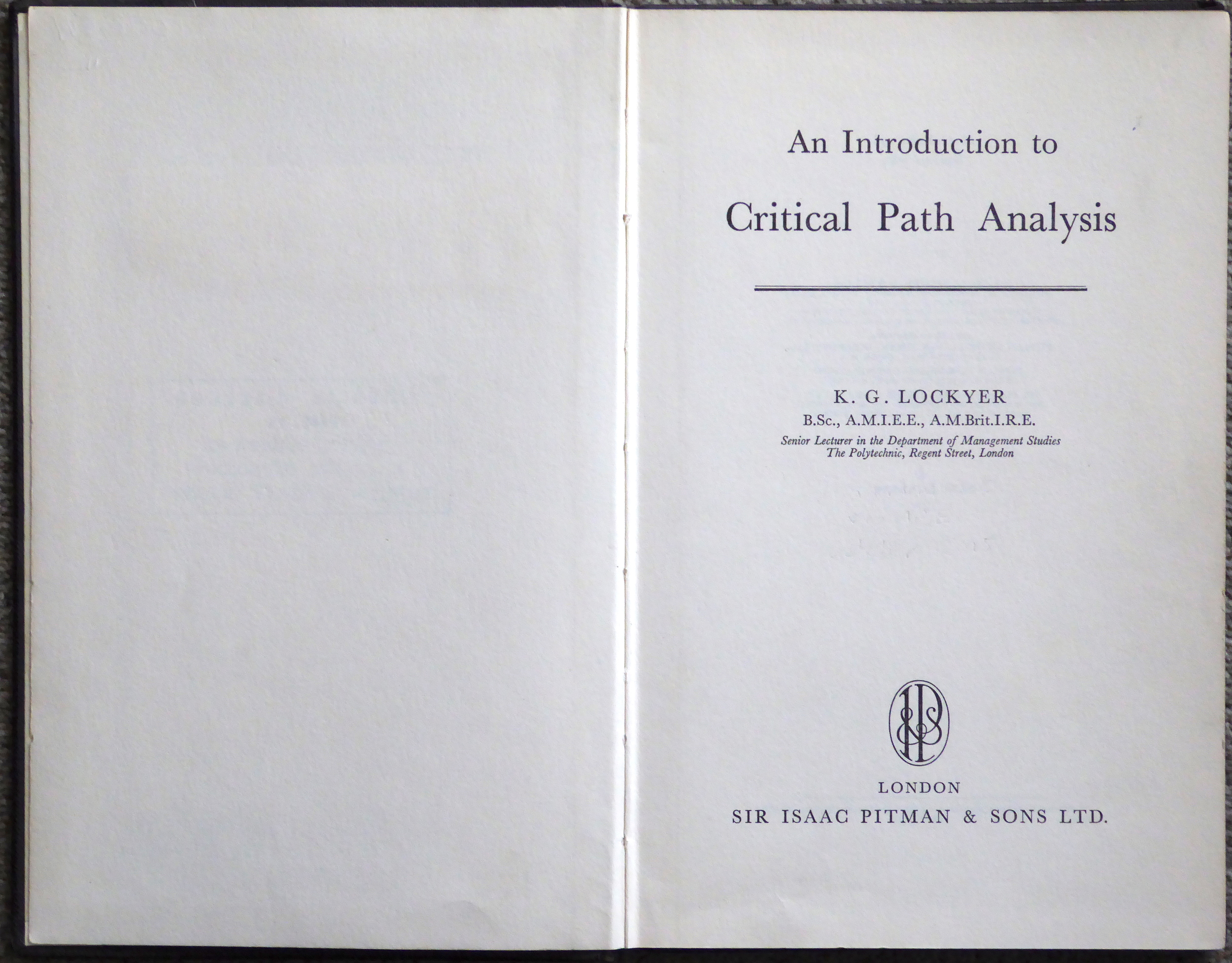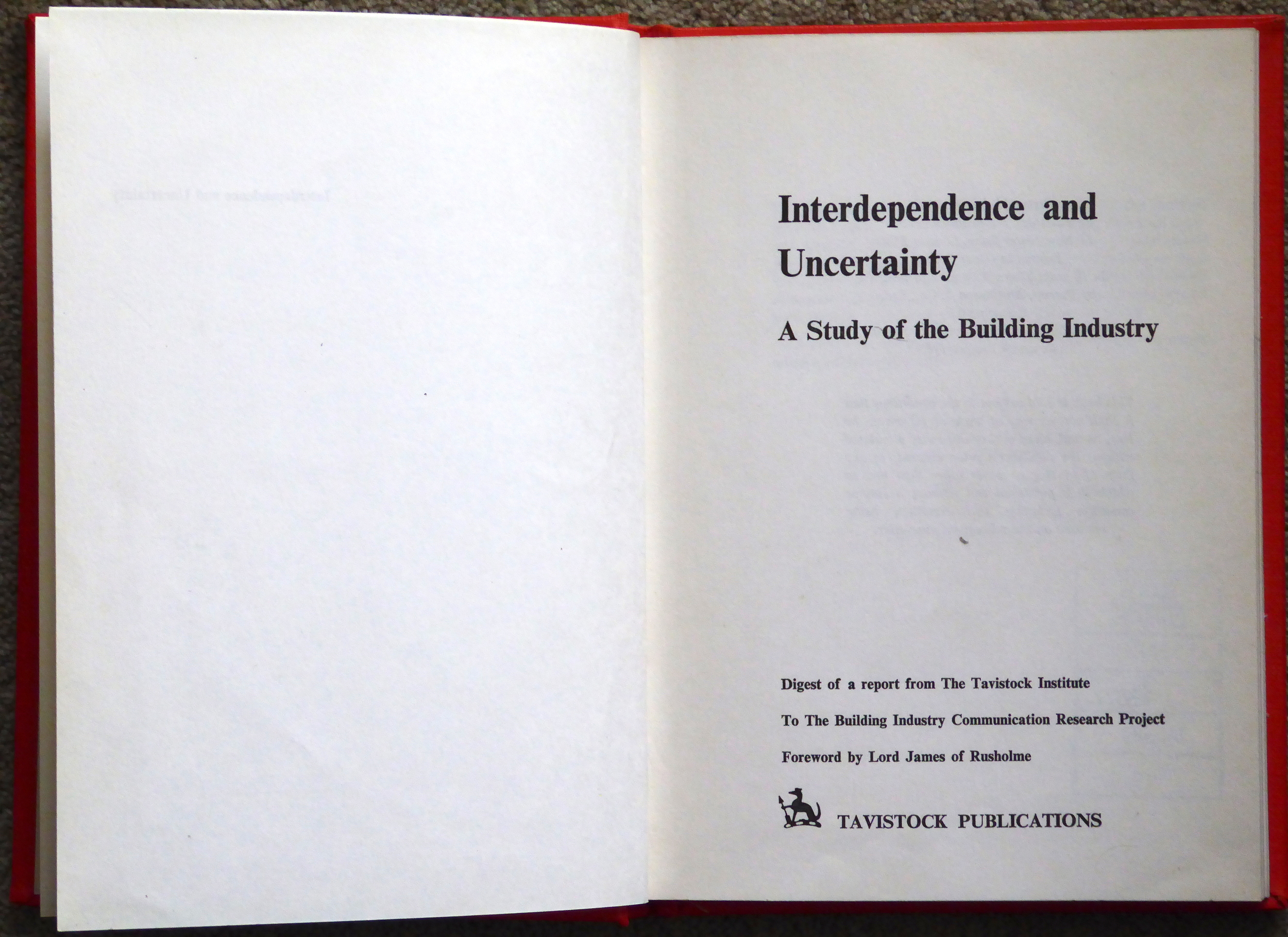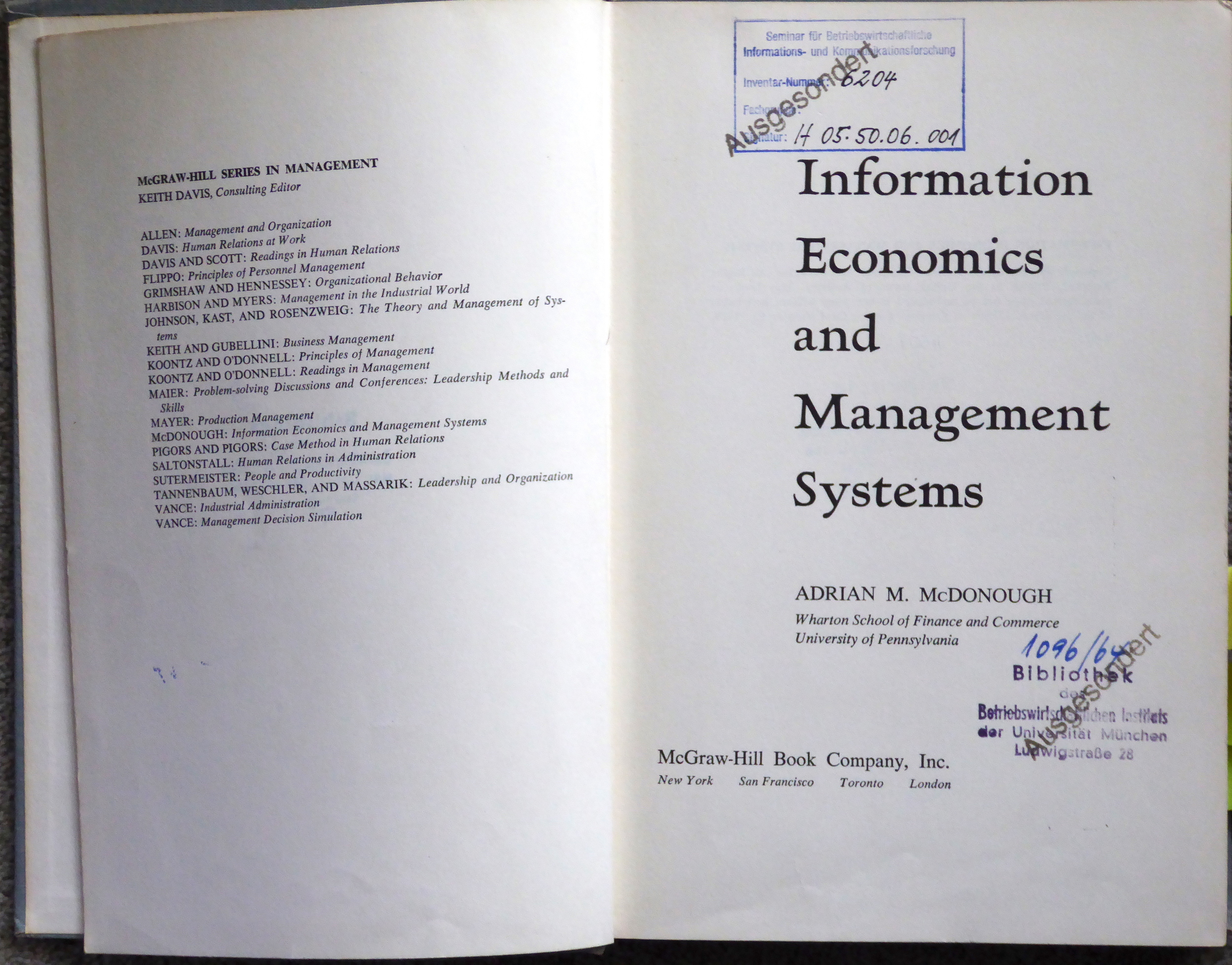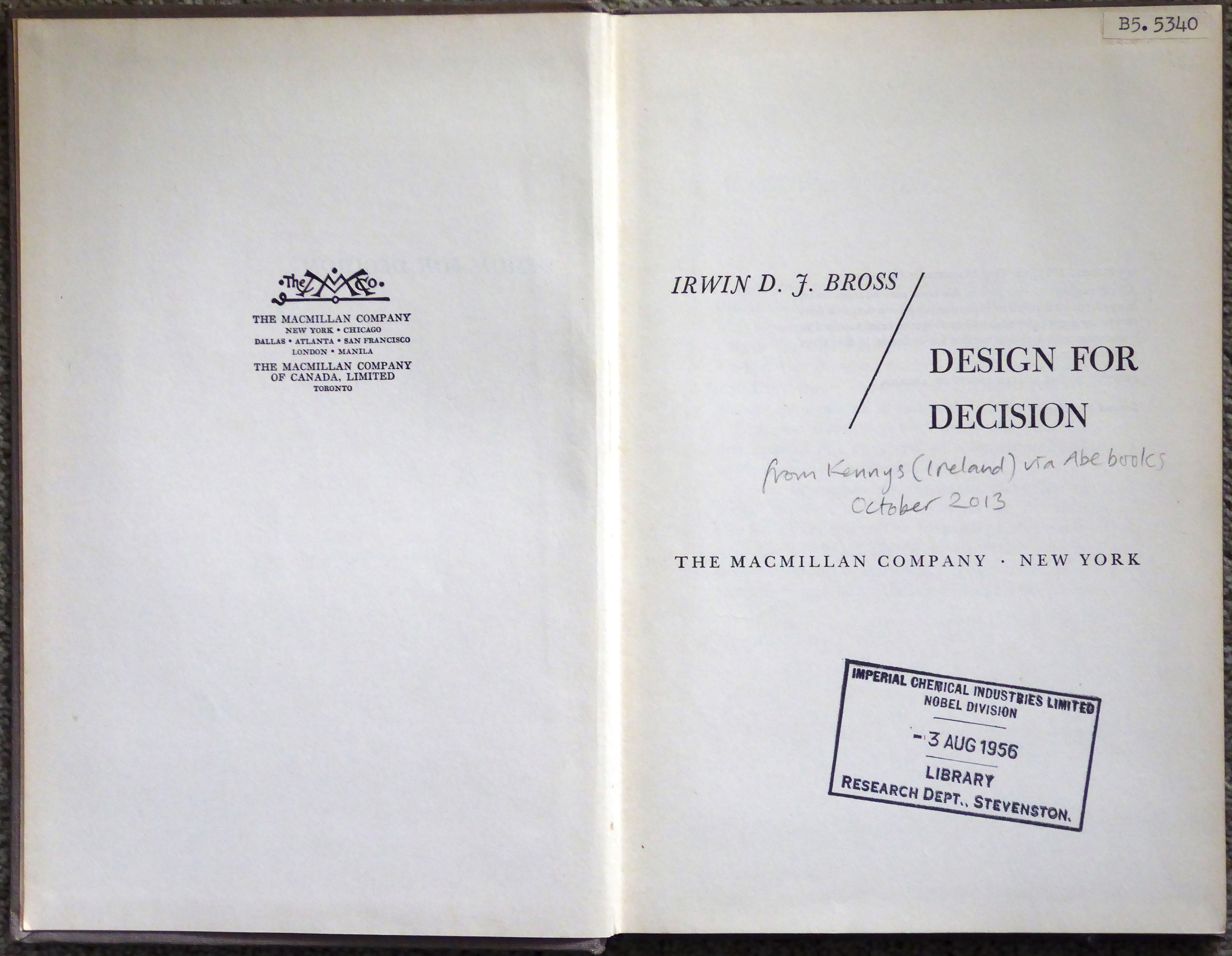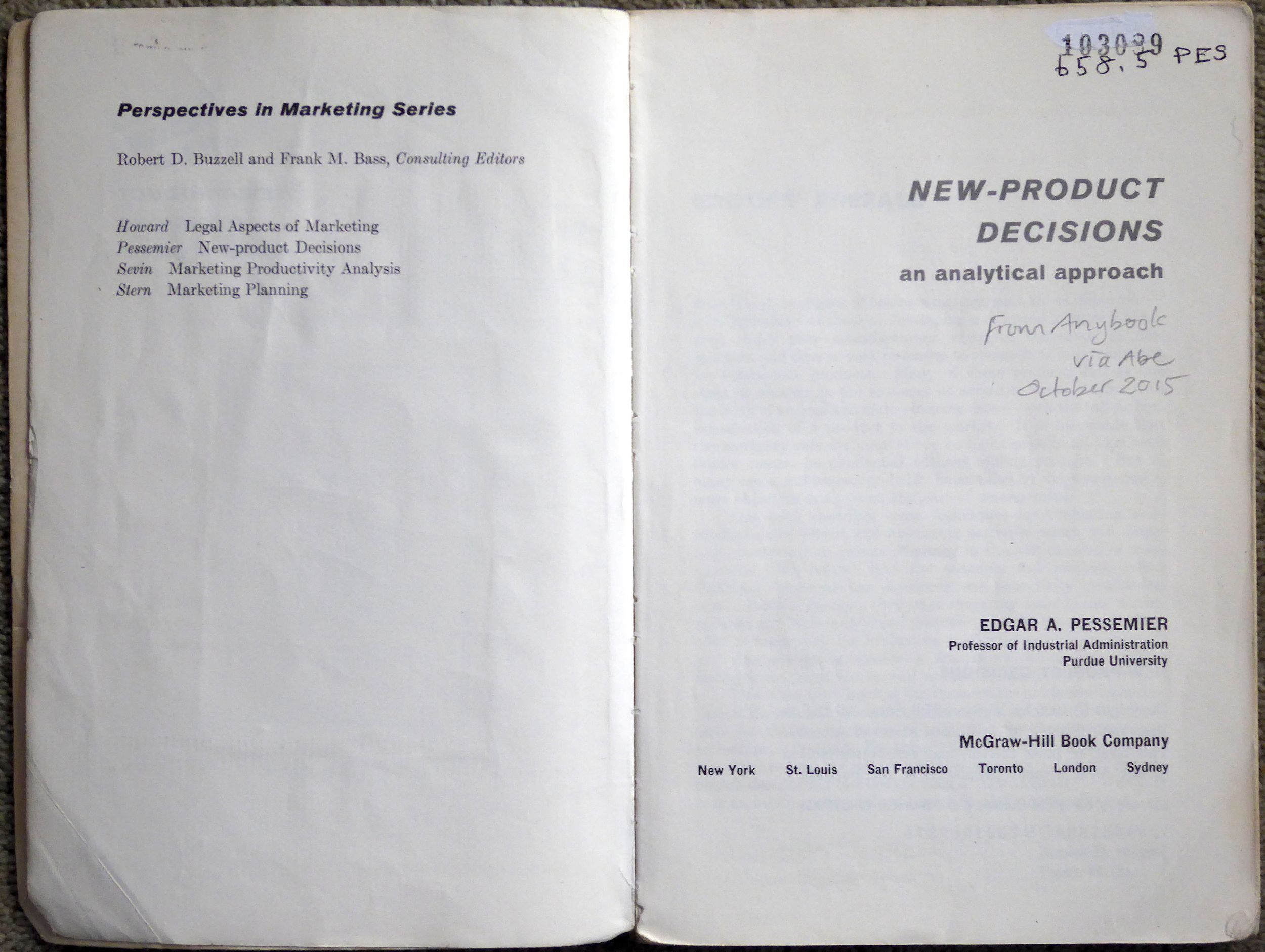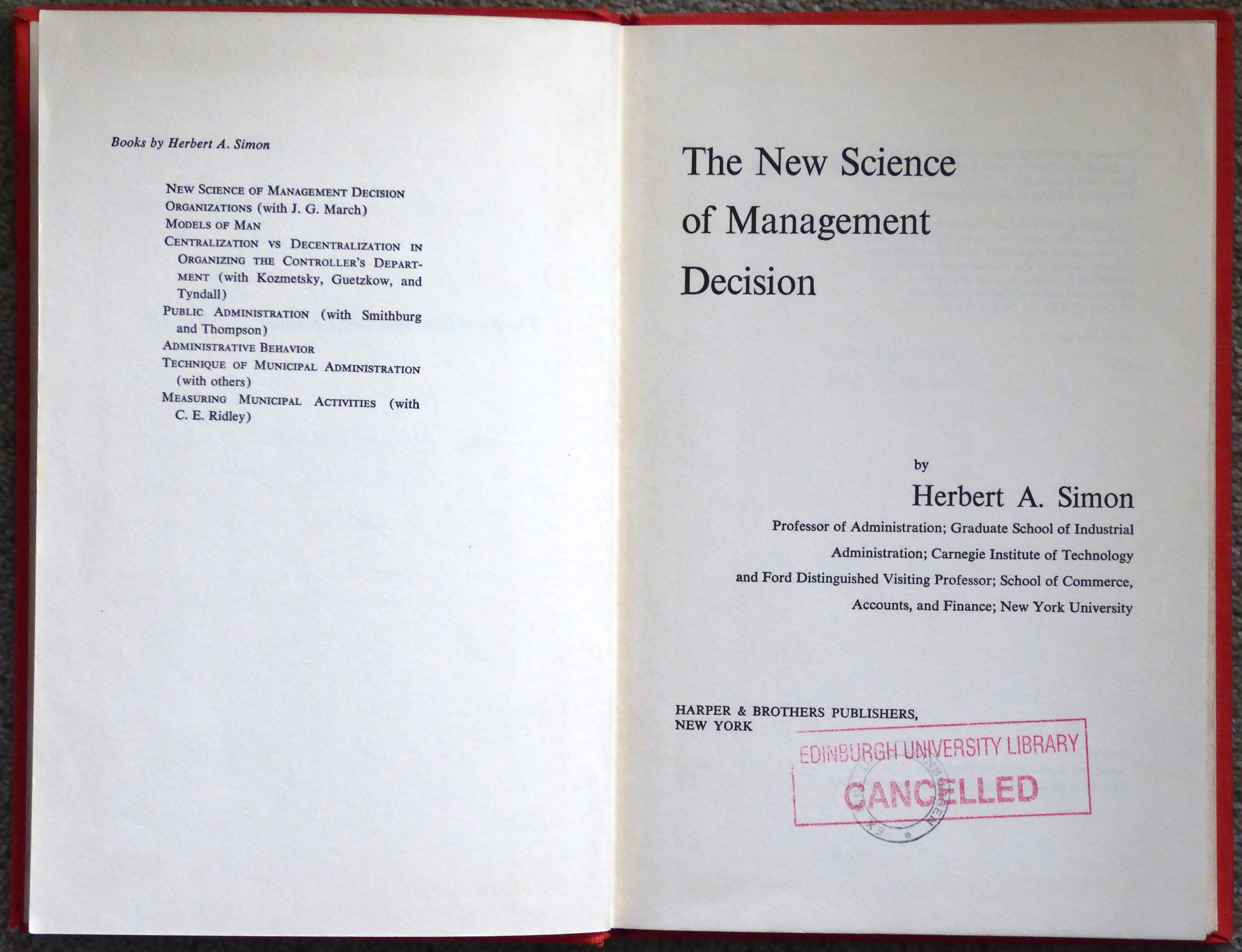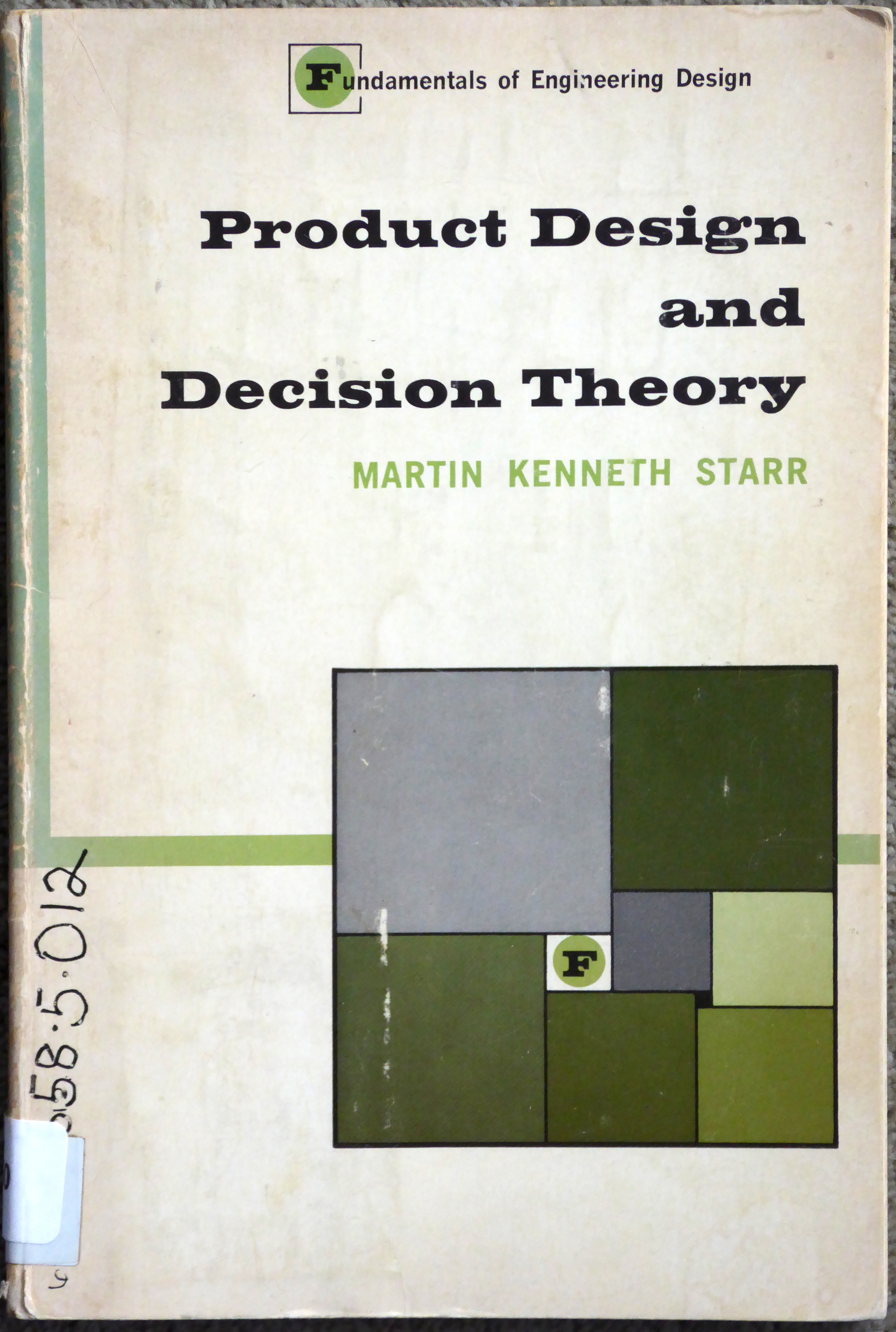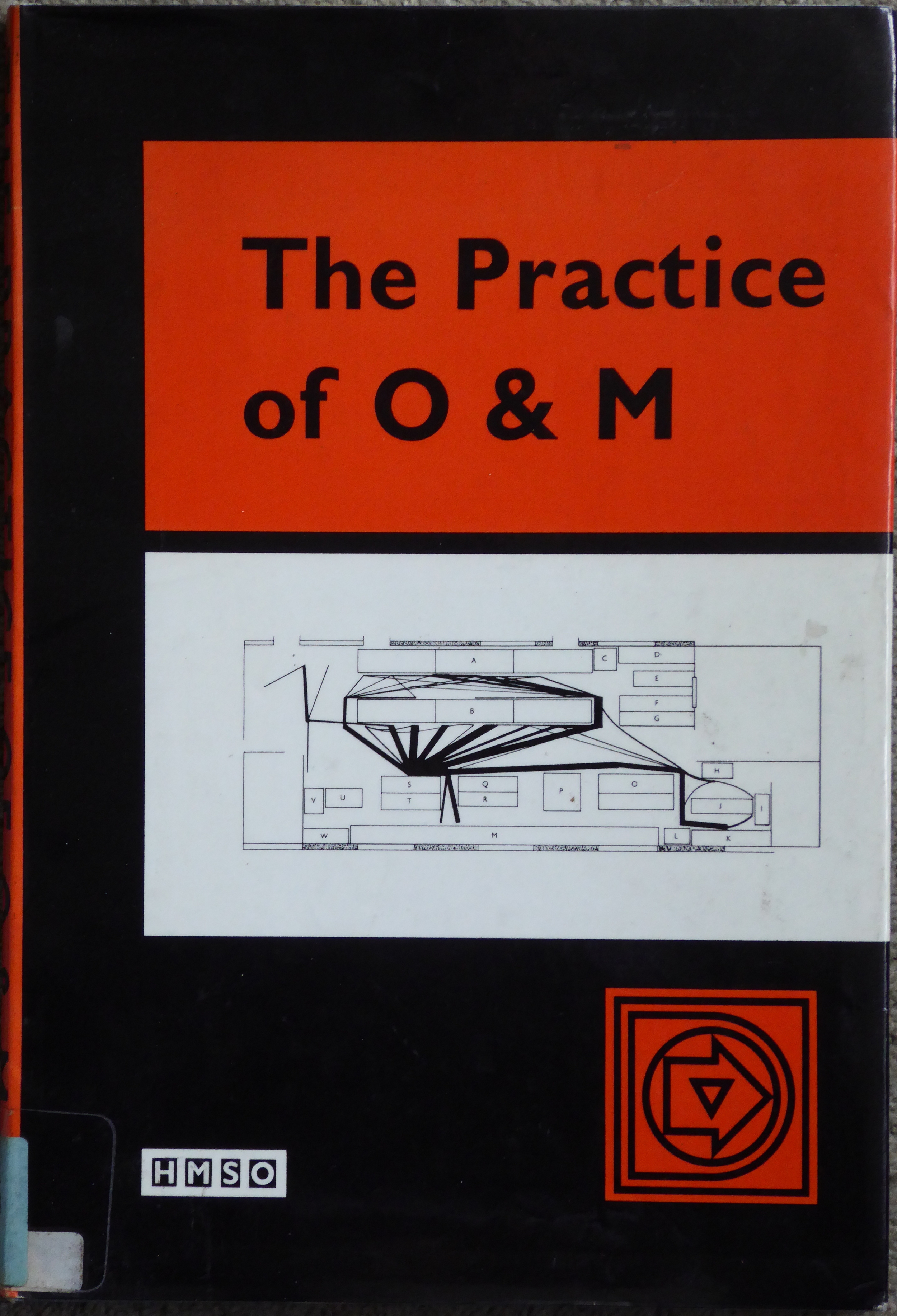Almost all the books shown here were listed in the bibliography to Bruce Archer's 1968 doctoral dissertation. They represent a widespread interest of that time in making design rigorous and systematic - and in perhaps making it a science.
Operational Research and Organisation and Methods were seen as transforming industry and government - why could not the same be done for design?
Rational Methods
The early days of Design Research - at the RCA and elsewhere - were inspired by aspirations to rational methods, systematic thinking, and calculation. Operational Research (OR) and Organisation and Methods (O&M) were seen to have yielded significant benefits in war (Kirby 2003) and administration (Agar 2003). Optimism about systematisation was closely allied to the adoption of computing. At the 1962 Conference on Design Methods, John Chris Jones opened his paper with the words:
A trend towards more logical and systematic methods of design has been evident throughout the 1950s. In many cases they have appeared as the result of new technical developments such as computers, automatic controls and systems (Jones 1963:53).
Archer was unequivocal about his own objectives in the 1960s, expressed in the foreword to his doctoral thesis of 1968, a summation of a decade's thought and experience:
A logical model of the design process is developed, and a terminology and notation is adopted, which is intended to be compatible with the neighbouring disciplines of management science and operational research. Many of the concepts and techniques presented are, indeed, derived from those disciplines (Archer 1968: foreword).
Some titles cited in the bibliography of Archer's thesis illuminate key influences of the time. Many emphasise system, rigour, logic and measurement:
Ackoff, Russell L. (editor) (1961) Progress in operations research, Vol 1. Wiley.
Ackoff, Russell L. (1962) Scientific Method; optimising applied research decisions. Wiley.
Baines, A., and Haley, K. B. (1963) 'Linear programming' In: Operational research in management, R. T. Eddison, K. Pennycuick and B.H.P. Rivett (editors), English Universities Press.
Boulding, Kenneth E. (1956) 'General systems theory, skeleton of a science.' Management Science. April 1956.
Churchman, C. West (1961) Prediction and optimal decision. Prentice Hall.
Duckworth, Eric. (1962) A Guide to Operational Research. Methuen.
Jones, J. Christopher (1963) 'A method of systematic design', Conference on design methods, (J. Christopher Jones, editor), Pergamon.
Latham, R.L. (1965) Problem analysis by logical approach. Atomic Weapons Research Establishment.
Lockyer, K. (1964) Critical path analysis, Pitman.
McCrory, R.J. (1963) The design method: a scientific approach to valid design, American Society of Mechanical Engineers, 20 May 1963.
McDonough, A. M. (1963) Information economics and management systems, McGraw Hill.
Miller, David W,, and Starr, Martin K. (1960) Executive decisions and operations research, Prentice Hall.
Osgood, Charles E., Suci, George J., and Tannenhaum, Percy H. (1957) The measurement of meaning, University of Illinois Press.
Pessemier, Edgar A. (1966) New product decisions: an analytical approach. McGraw Hill.
Schlaifer, R. (1959) Probability and statistics for business decisions, McGraw Hill.
Simon, H. A. (1960) The new science of management decision. Harper.
Starr, Martin K. (1963) Product design and decision theory, Prentice Hall.
An ambition to 'scientise' design is clearly detectable. Archer's own thinking shifted during the 1950s and 60s, from a need to bring design into engineering (in order to improve engineering), to a need to bring design within science (to improve design). His thesis appeared at the same time as HA Simon's seminal discussion of 'The Science of Design: Creating the Artificial' (Simon 1969:55).
Perhaps surprisingly, Archer was also influenced by cybernetics. Cybernetics offered a rather different approach, one which, while inspired by technology and computation, emphasised the organic, evolving nature of systems, whether biological or mechanical. Key texts from that field appearing in Archer's thesis were:
Ashby, W. Ross, Introduction to cybernetics, Chapman and Hall, 1957.
Beer, Stafford, Cybernetics and management, English Universities Press, 1959.
Pask, Gordon, An approach to cybernetics, Hutchinson, 1961.
Wiener, Norbert, Cybernetics, Wiley, 1948
There were also citations of texts on Game Theory - such as Luce, R. Duncan and Raiffa, Howard, Games and decisions, Wiley, 1957 - another discipline that dealt with complex, emergent, dynamic behaviours.
See also
For more on the influence and use of computing see CYBERNETIC OPPORTUNITY: COMPUTING AND DESIGN
Agar, Jon. (2003) The Government Machine: a revolutionary history of the computer. Cambridge MA: MIT Press.
Alexander, Christopher. (1971) 'State of the Art in Design Methodology.' Alexander interviewed by Max Jacobson. DMG [Design Methods Group] Newsletter 5(3) (March 1971): 3-7.
Archer, L. Bruce. (1968) The structure of design processes. Doctoral thesis, Royal College of Art, London, 1968. British Library Shelfmark: Document Supply DRT 484530. Available on Ethos.
Jones, John Christopher. (1963) 'A Method of Systematic Design.' In: Jones, Christopher J. and D.G. Thornley (eds.) Conference on Design Methods. Oxford: Pergamon Press. 53-73.
Jones, John Christopher. (1980) '… in the dimension of Time: thoughts about the context of designing' Design Studies 1(3). 172-176.
Kirby, Maurice W. (2003) Operational Research in War and Peace: The British Experience from the 1930s to 1970. London: Imperial College Press.
Simon, Herbert A. (1969) The Sciences of the Artificial. MIT Press, Cambridge, Mass.


